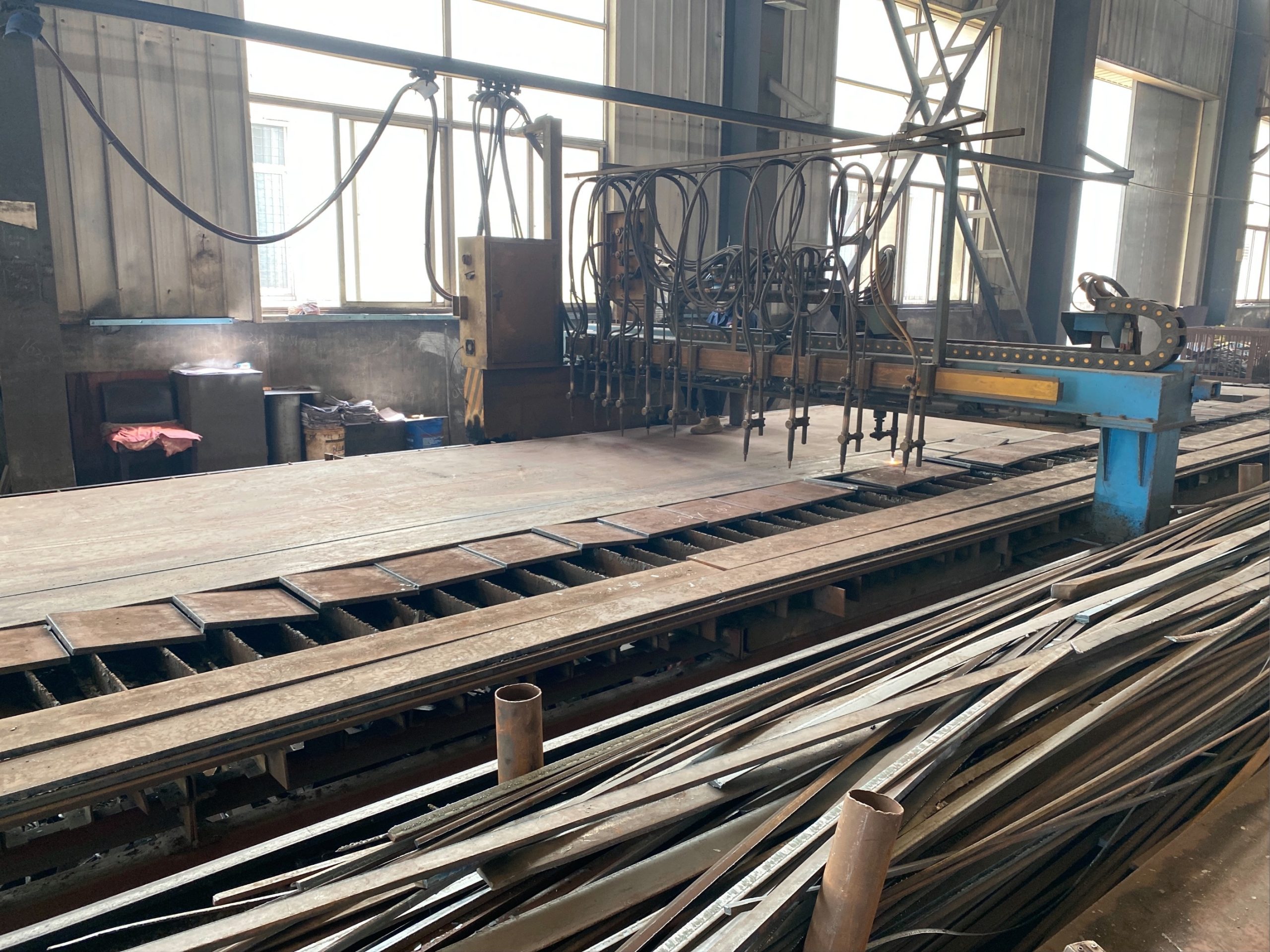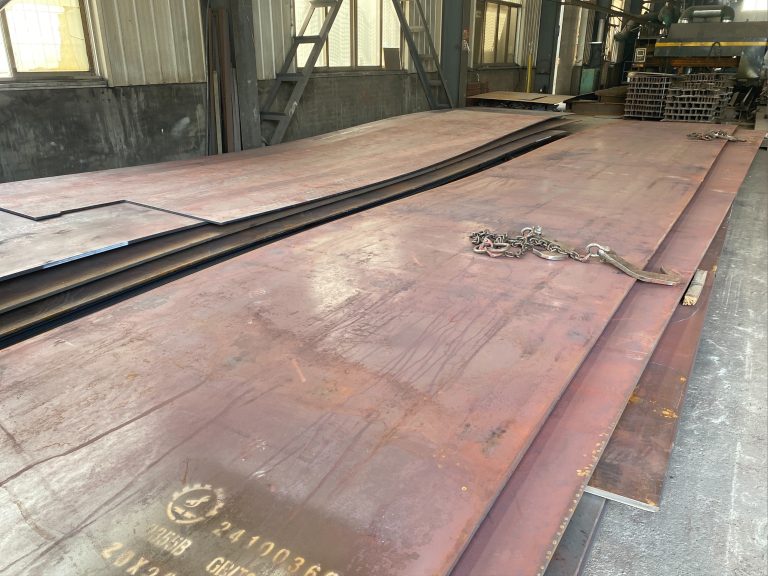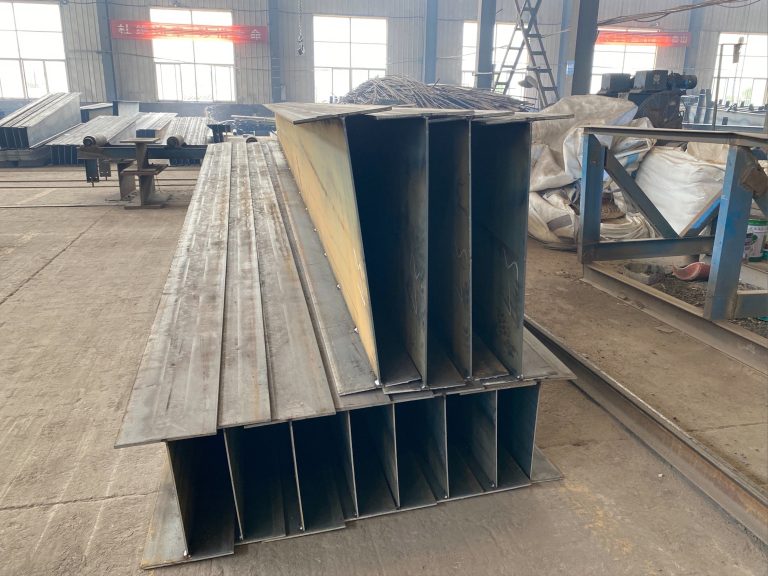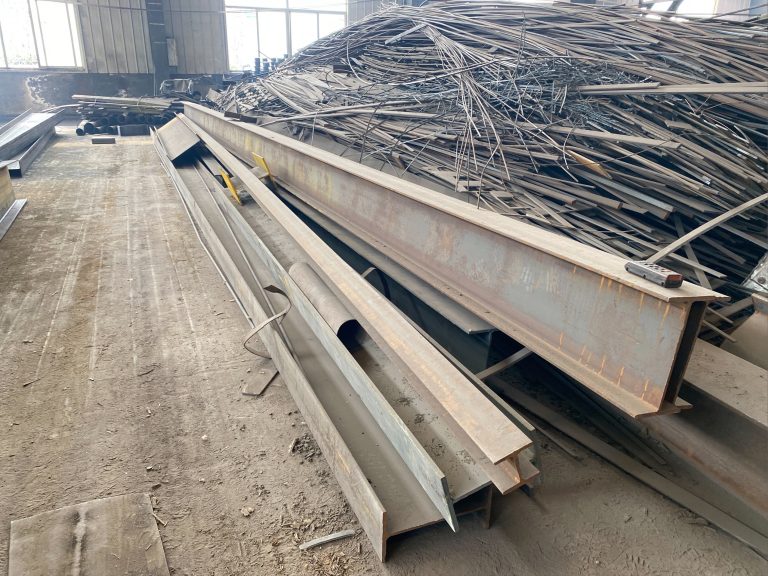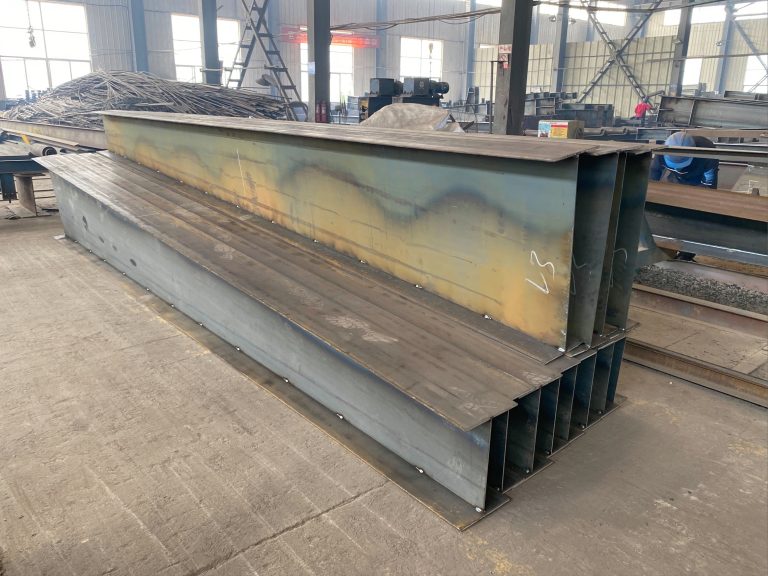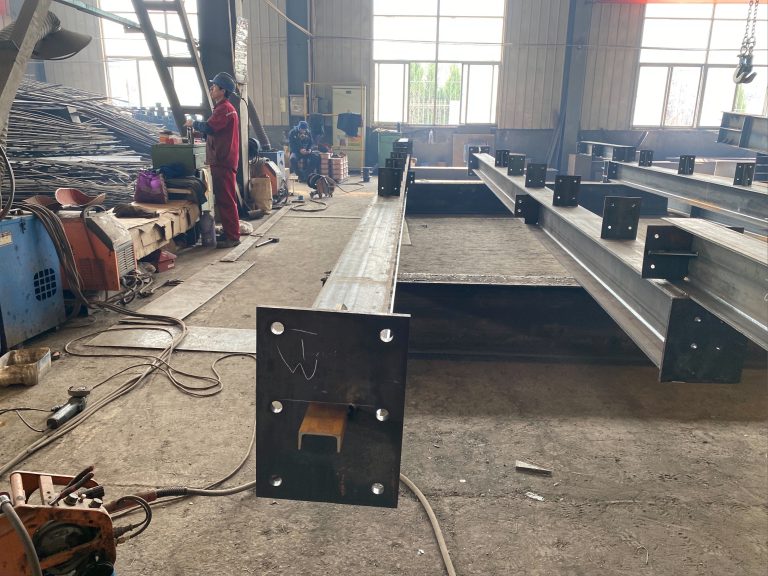Foundation and supporting structure of container house
Table of Contents
Advantages of Using Steel Beams in Container House Foundations
Container houses have gained popularity in recent years due to their affordability, sustainability, and versatility. These innovative homes are constructed using shipping containers, which are repurposed to create unique and modern living spaces. One crucial aspect of building a container house is the foundation and supporting structure, which plays a vital role in ensuring the stability and durability of the home.
When it comes to the foundation of a container house, steel beams are often the preferred choice due to their strength and durability. Steel beams provide excellent support for the weight of the containers and the overall structure of the house. They are able to withstand heavy loads and provide a solid base for the containers to sit on. This is essential for ensuring the stability of the house and preventing any structural issues in the future.
One of the main advantages of using steel beams in the foundation of a container house is their ability to resist corrosion. Steel beams are coated with protective layers that prevent rust and corrosion, making them ideal for use in outdoor environments. This ensures that the foundation will remain strong and stable for many years to come, even in harsh weather conditions.
In addition to their durability, steel beams are also incredibly versatile. They can be easily customized to fit the specific needs of the project, whether it be adjusting the size or shape of the beams to accommodate different container configurations. This flexibility allows for greater design freedom and ensures that the foundation can be tailored to meet the unique requirements of each individual project.
Furthermore, steel beams are relatively lightweight compared to other building materials, making them easier to transport and install on-site. This can help to reduce construction time and costs, making steel beams a cost-effective option for building a container house foundation. Additionally, steel beams are recyclable and environmentally friendly, making them a sustainable choice for those looking to reduce their carbon footprint.
Another advantage of using steel beams in the foundation of a container house is their fire resistance. Steel is a non-combustible material, which means that it will not contribute to the spread of fires. This can provide added safety and peace of mind for homeowners, knowing that their house is built with materials that prioritize their well-being.
In conclusion, steel beams are an excellent choice for the foundation and supporting structure of a container house. Their strength, durability, versatility, and fire resistance make them an ideal option for ensuring the stability and longevity of the home. By using steel beams in the foundation, homeowners can rest assured that their container house will be built to last and withstand the test of time. Whether you are considering building a container house or are looking to upgrade your current foundation, steel beams are a reliable and practical choice that will provide numerous benefits for years to come.
How to Properly Insulate and Waterproof Container House Foundations
Container houses have gained popularity in recent years due to their affordability, sustainability, and versatility. However, one crucial aspect of building a container house that is often overlooked is the foundation and supporting structure. Properly insulating and waterproofing the foundation of a container house is essential to ensure its longevity and structural integrity.
The foundation of a container house serves as the base on which the entire structure rests. It is responsible for distributing the weight of the house evenly and preventing settling or shifting of the containers. When it comes to insulating and waterproofing the foundation of a container house, there are several key considerations to keep in mind.
First and foremost, it is important to choose the right type of foundation for your container house. The most common types of foundations used for container houses are concrete slab foundations, pier foundations, and strip foundations. Each type of foundation has its own advantages and disadvantages, so it is important to carefully consider your specific needs and budget before making a decision.
Once you have chosen the type of foundation for your container house, the next step is to properly insulate and waterproof it. Insulating the foundation of a container house is important for maintaining a comfortable indoor temperature and reducing energy costs. There are several insulation materials that can be used for this purpose, including rigid foam insulation, spray foam insulation, and fiberglass insulation.
In addition to insulating the foundation, it is also important to waterproof it to prevent moisture from seeping into the structure. Moisture can cause mold, mildew, and rot, which can compromise the structural integrity of the container house. There are several waterproofing materials that can be used for this purpose, including waterproof membranes, liquid waterproofing coatings, and drainage systems.
When insulating and waterproofing the foundation of a container house, it is important to pay attention to detail and ensure that all areas are properly sealed and protected. This includes sealing any gaps or cracks in the foundation, installing proper drainage systems to divert water away from the structure, and applying multiple layers of insulation and waterproofing materials for added protection.
In addition to insulating and waterproofing the foundation, it is also important to consider the supporting structure of the container house. The supporting structure includes the walls, roof, and floors of the containers, as well as any additional framing or bracing that may be needed to reinforce the structure.
Properly insulating and waterproofing the supporting structure of a container house is just as important as insulating and waterproofing the foundation. This will help to maintain a comfortable indoor temperature, prevent moisture from seeping into the structure, and protect the containers from the elements.
In conclusion, insulating and waterproofing the foundation and supporting structure of a container house is essential for ensuring its longevity and structural integrity. By choosing the right type of foundation, using the proper insulation and waterproofing materials, and paying attention to detail, you can create a durable and energy-efficient container house that will stand the test of time.
